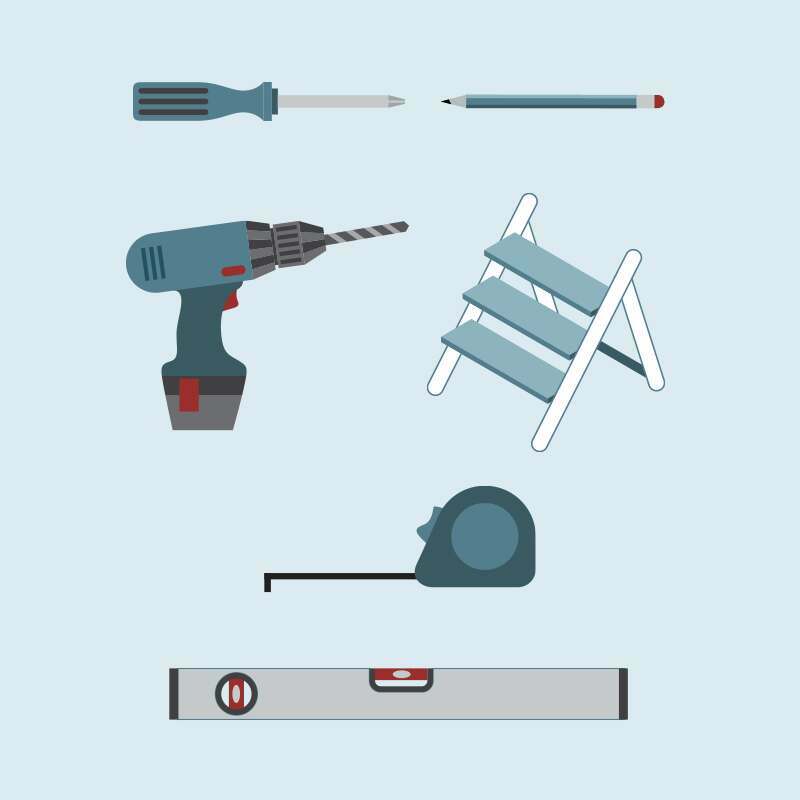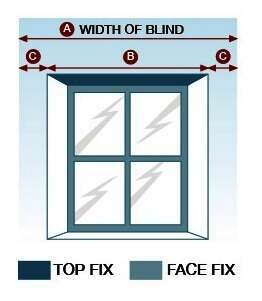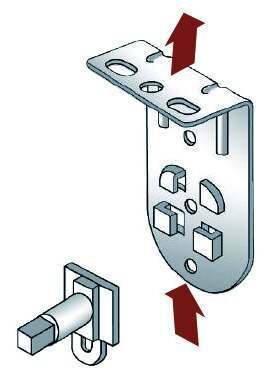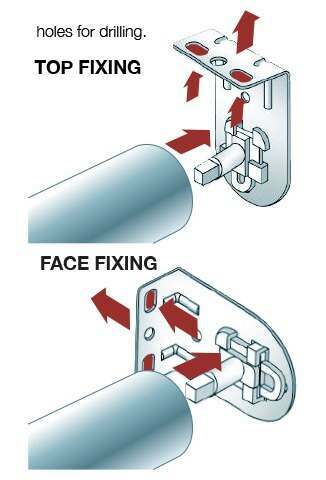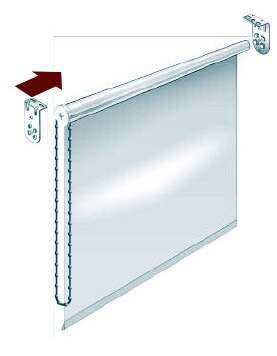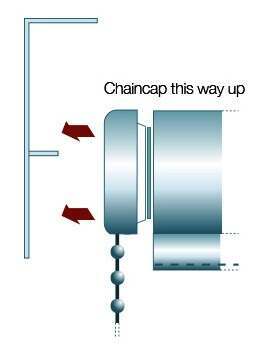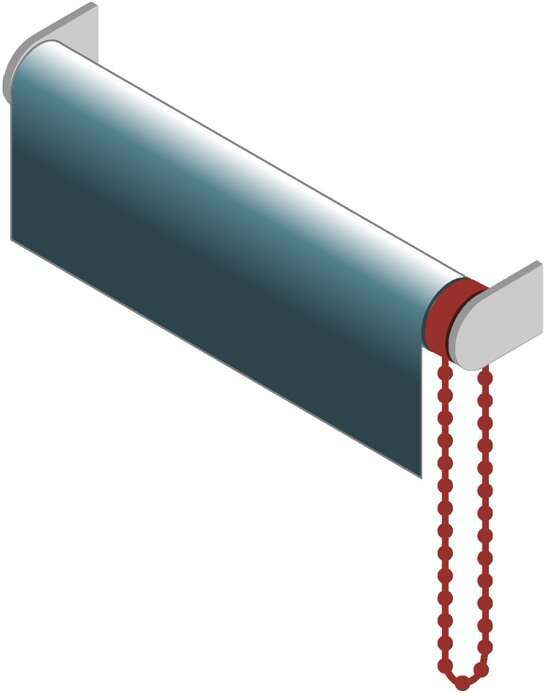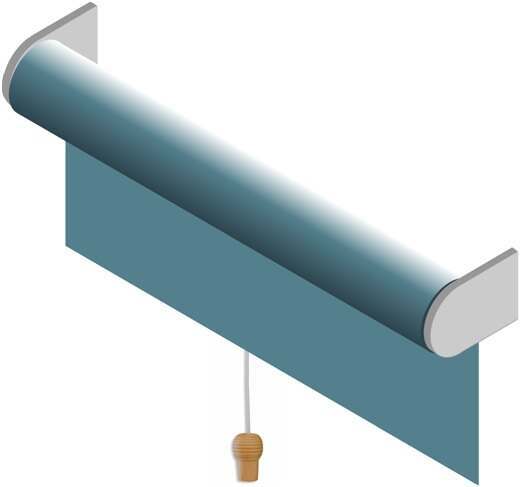Fitting Blinds - General Information
We want you to get the perfect look by using our easy-to-follow guide to fitting blinds. This is a general fitting guide and may not apply to all types of blinds. Please scroll down for the different types and styles of blinds. We also have a quick reference guide to help you measure for your new blinds.
In this Guide:



